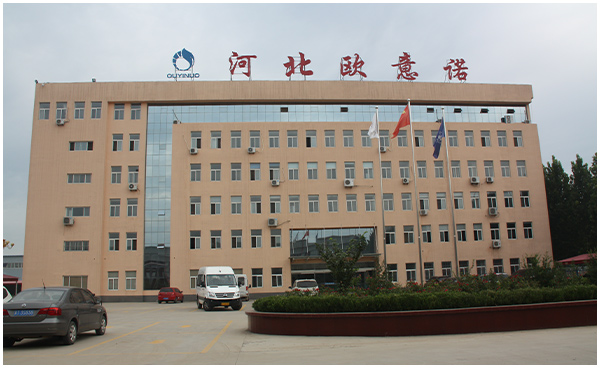
8 月 . 13, 2024 17:31
Back to list
Design and Operation of Natural Gas Distribution Stations for Efficient Energy Delivery and Safety Standards
The Importance of Natural Gas Distribution Stations
Natural gas is one of the cleanest and most efficient energy sources available today. As the world transitions toward more sustainable energy practices, the role of natural gas distribution stations becomes increasingly significant. These facilities serve as critical nodes in the broader energy network, ensuring that natural gas reaches homes, businesses, and industries reliably and safely.
Overview of Natural Gas Distribution Stations
Natural gas distribution stations are facilities designed to receive gas from transmission pipelines and distribute it to local networks. They play a pivotal role in regulating pressure, filtering impurities, and ensuring the safe transport of gas to end-users. These stations can vary in size from small, neighborhood facilities to large plants that handle vast quantities of gas.
The primary functions of a natural gas distribution station include pressure regulation, metering, odorization, and safety monitoring. Pressure regulation is essential as natural gas is transported at high pressures over long distances. Before the gas can enter local distribution networks, it must be reduced to a safe level for residential and commercial use. This is where pressure regulators come into play, ensuring gas is delivered at the appropriate pressure.
Safety Measures and Technology
Safety is a top priority for natural gas distribution stations. The potential hazards associated with gas leaks or explosions necessitate strict adherence to safety standards and protocols. Modern facilities are equipped with advanced monitoring systems that detect leaks, pressure surges, and other anomalies. These technologies enable operators to respond quickly to emergencies and maintain the integrity of the gas distribution system.
natural gas distribution station

Moreover, natural gas is odorless in its natural state, making it difficult to detect leaks. To address this, a distinct odorant, typically mercaptan, is added to the gas and gives it a recognizable sulfur-like smell. This practice enhances public safety and ensures that any leaks are quickly identified and addressed.
Environmental Considerations
While natural gas is often hailed as a cleaner alternative to coal and oil, the environmental impact of its distribution cannot be overlooked. Methane, the primary component of natural gas, is a potent greenhouse gas. Leakage during extraction, transport, and distribution can significantly contribute to climate change. As a result, the natural gas industry is under increasing pressure to minimize emissions throughout the supply chain.
One way distribution stations are addressing environmental concerns is through the adoption of more sustainable practices. Many facilities are investing in technology that enhances leak detection and repair processes, lowering the risk of emissions. Additionally, there is an ongoing transition towards integrating renewable natural gas (RNG) into existing distribution systems, which helps reduce the carbon footprint of natural gas consumption.
Future of Natural Gas Distribution
Looking ahead, natural gas distribution stations will continue to play a crucial role in the energy landscape. As demand for cleaner energy solutions grows, these stations may increasingly incorporate renewable resources. There is also a trend toward digitalization and automation in the industry, which can lead to more efficient operations and improved safety measures.
In summary, natural gas distribution stations are essential components of the energy infrastructure. They not only facilitate the safe and efficient transport of natural gas but also play a vital role in ensuring environmental safety and sustainability. As we move toward a greener future, the ability of these facilities to adapt and innovate will be key in meeting energy demands while minimizing environmental impacts. The importance of optimizing natural gas distribution systems cannot be overstated, as they are fundamental to achieving a balanced and sustainable energy future.
Latest news
-
Unlocking The Quality Gas Pressure ReducersNewsNov.01,2024
-
The Role of Gas Pressure Reducing StationsNewsNov.01,2024
-
The Importance and Functionality of Safety Relief ValvesNewsNov.01,2024
-
The Essential Role of Safety Valves in Natural Gas ApplicationsNewsNov.01,2024
-
The Essential Role of Gas Pressure RegulatorsNewsNov.01,2024
-
Enhance Your Premium Gas FiltersNewsNov.01,2024

